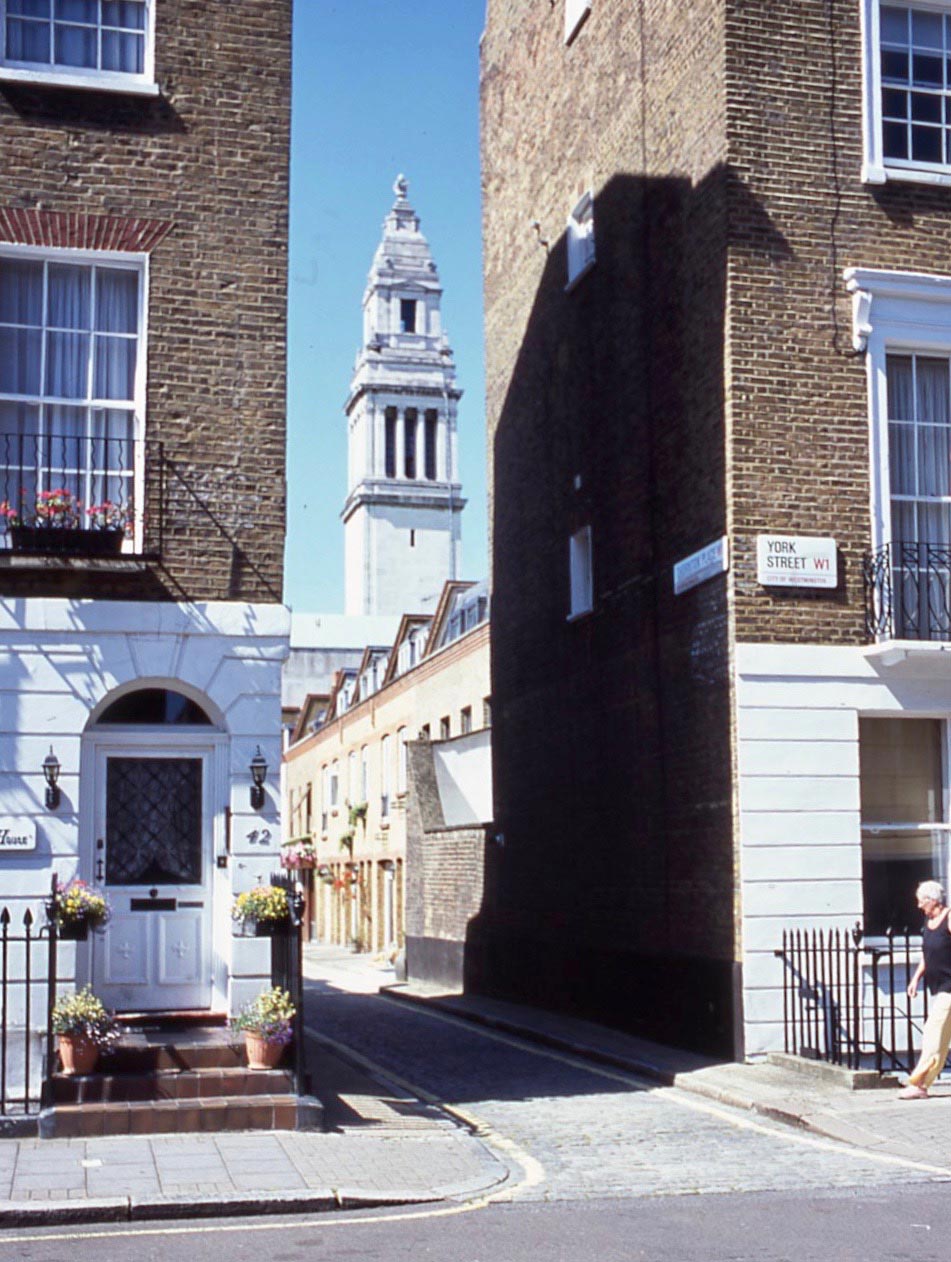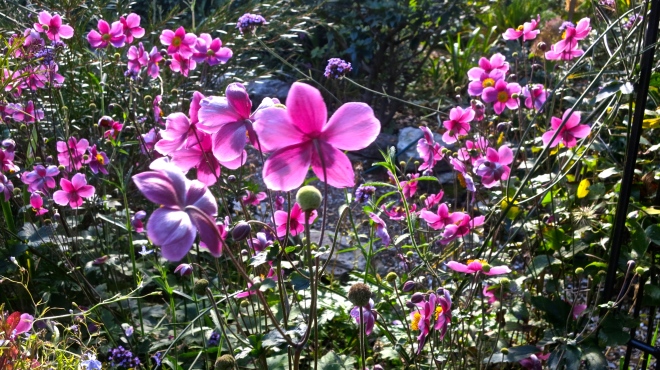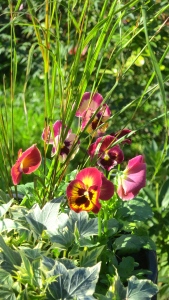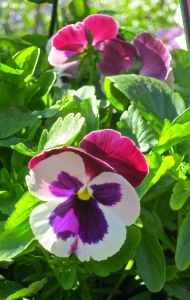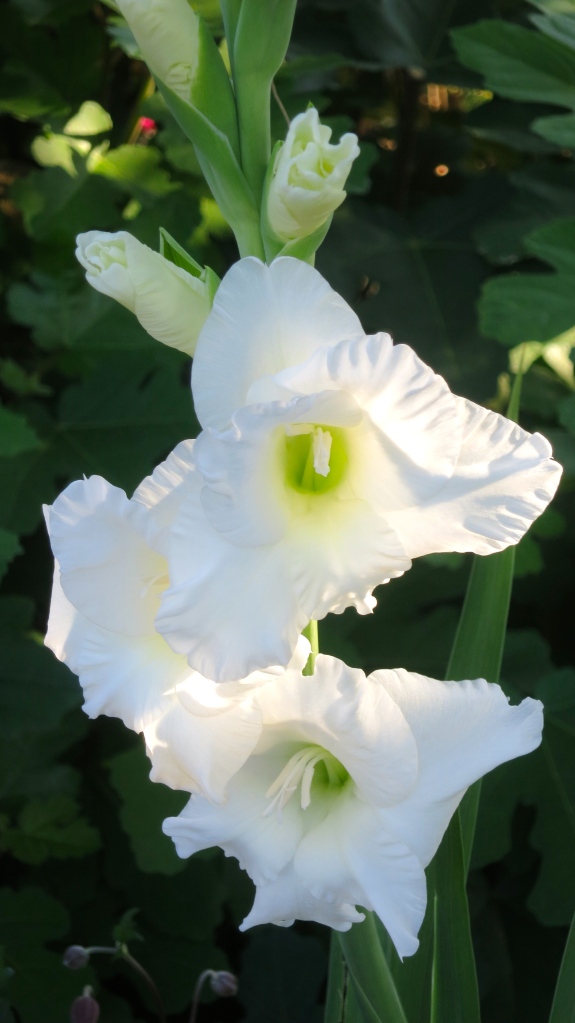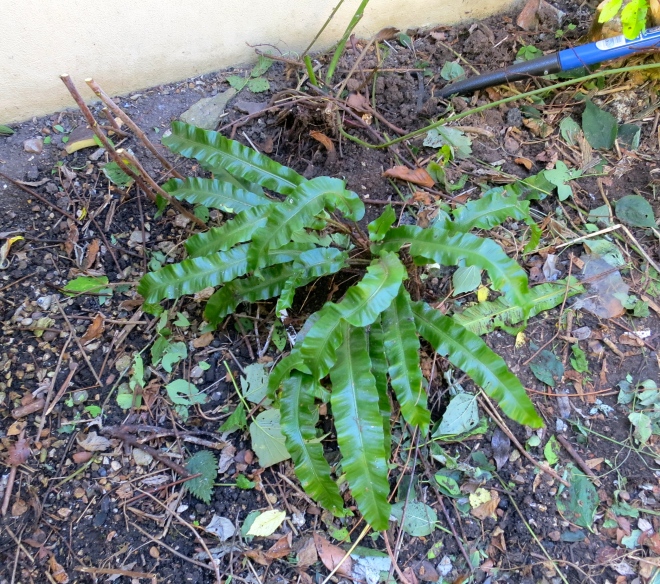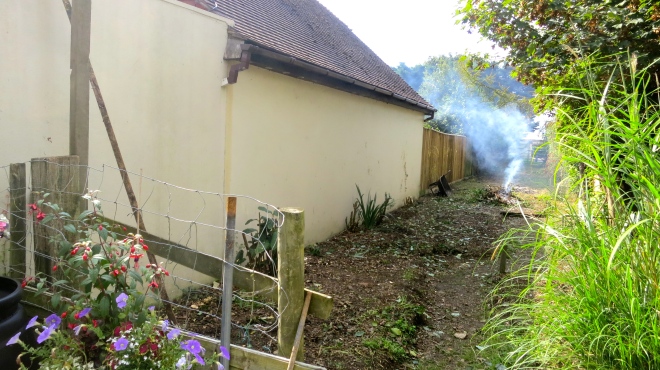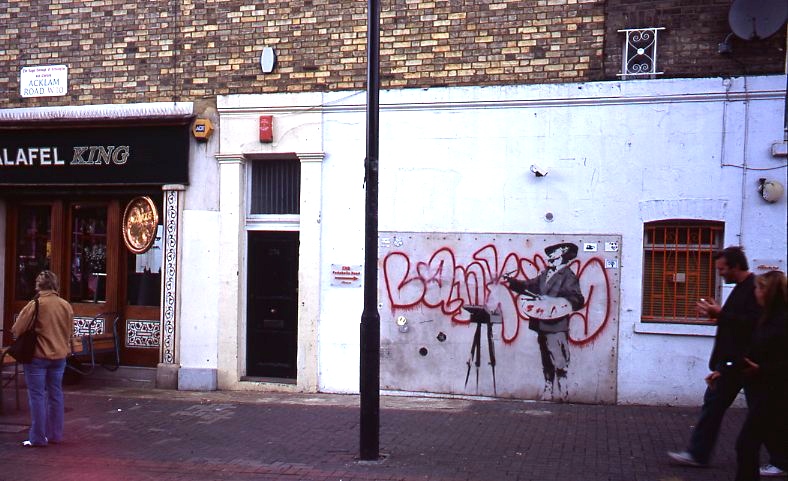For this post I have reverted to the tried, tested, and trusted editorial facility.
I have almost come to the end of my Streets of London series of colour slides produced in the first decade of this century. Today I scanned a few from May 2008.
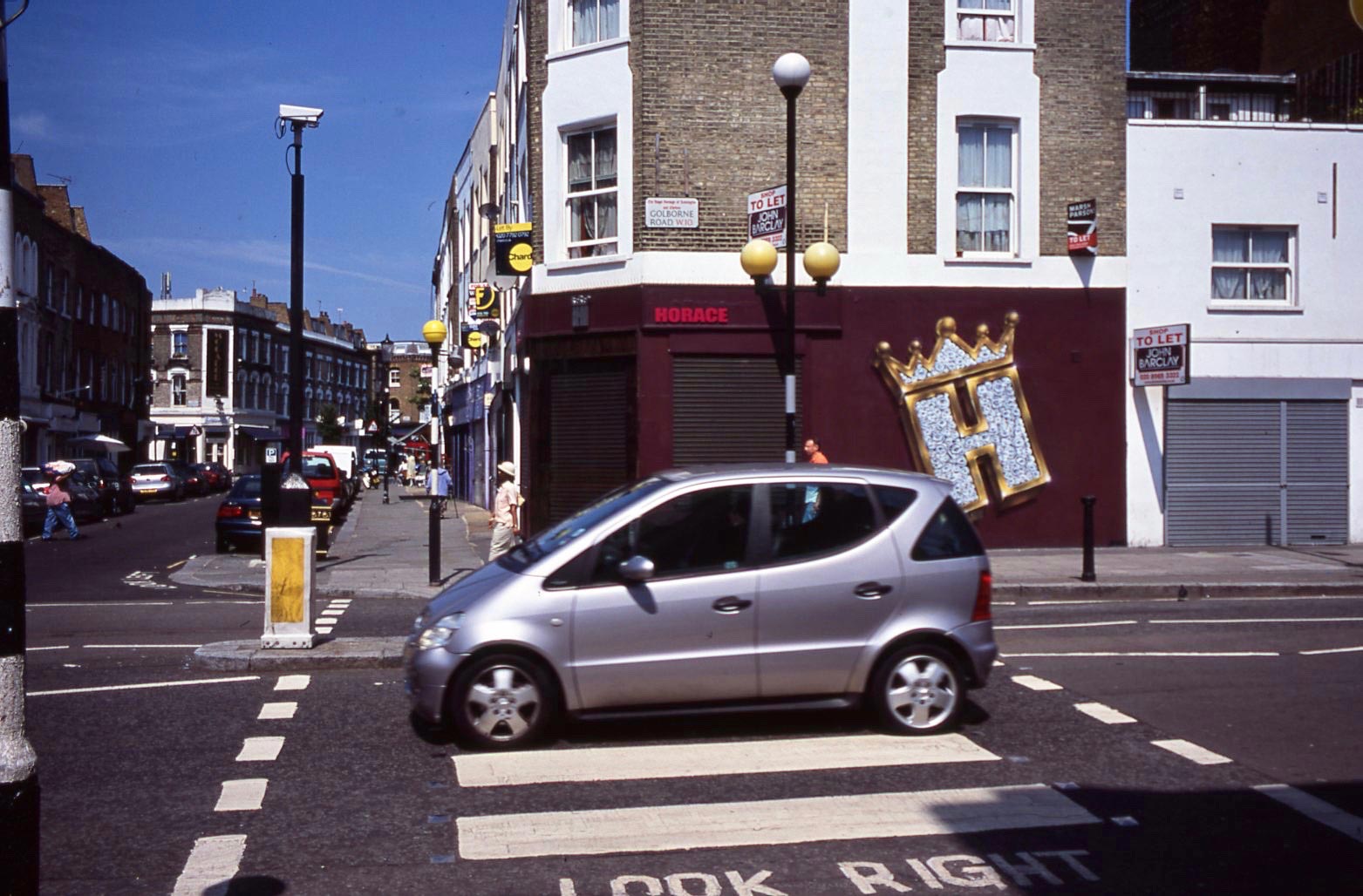
Crossing the Hammersmith & City Underground Railway line near Westbourne Park, Golborne Road W11 runs east from Portobello Road to Kensal Road. Situated at the northern end of Portobello Market It has a plethora of restaurants and antique shops.
‘This area of Notting Hill‘s northern corner has changed dramatically over its history. The area was part of the Great Forest of Middlesex; in 1543 the land was seized by Henry VIII and by the 18th century Golborne was farmland.
Golborne Road was named after Dean Golbourne, at one time vicar of St. John’s Church in Paddington. Until the middle of the 19th century it was no more than a country footpath crossing the fields of Portobello Farm, but in 1870 the road was widened, shops were built and the road was extended over the railway.
The Golborne Road area is sometimes known as “Little Morocco” due to the number of Moroccan restaurants and shops selling Maghrebian products located along the road.[1] The road also has renown in the Portuguese community for the two Portuguese pâtisseries at one end, Cafe d’Oporto and Lisboa Patisserie.’ (Wikipedia)
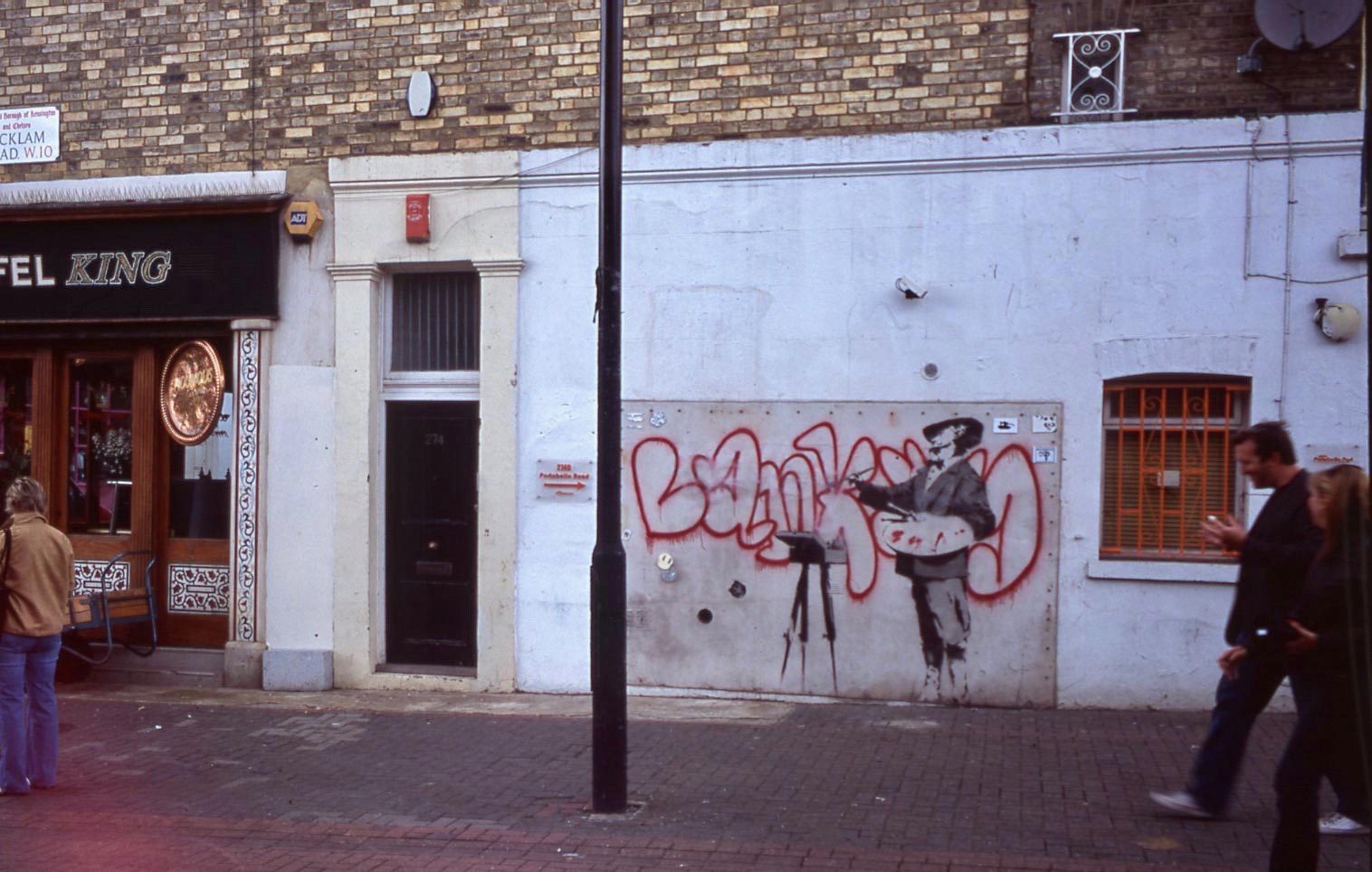
The story of the appearance of this sample of the work of Banksy on a wall in Acklam Road W10 is related in ‘Walls’.
Yeah Man in Lancaster Road W11 now appears to be Jay Dee’s. The spicy Caribbean takeaway remains highly acclaimed.
Also in this area of Notting Hill, St Luke’s Mews is where TV presenter Paula Yates lived and died of an accidental drug overdose in September 2000.
I have to rely almost entirely on my memory for the next two locations because the street names are somewhat indistinct. I can say that they were all photographed at the top end of Highgate High Street during one of my trips to Highgate Cemetery to make the illustrations to ‘The Magnificent Seven’. Perhaps my next archived series could be the pictures for that book.
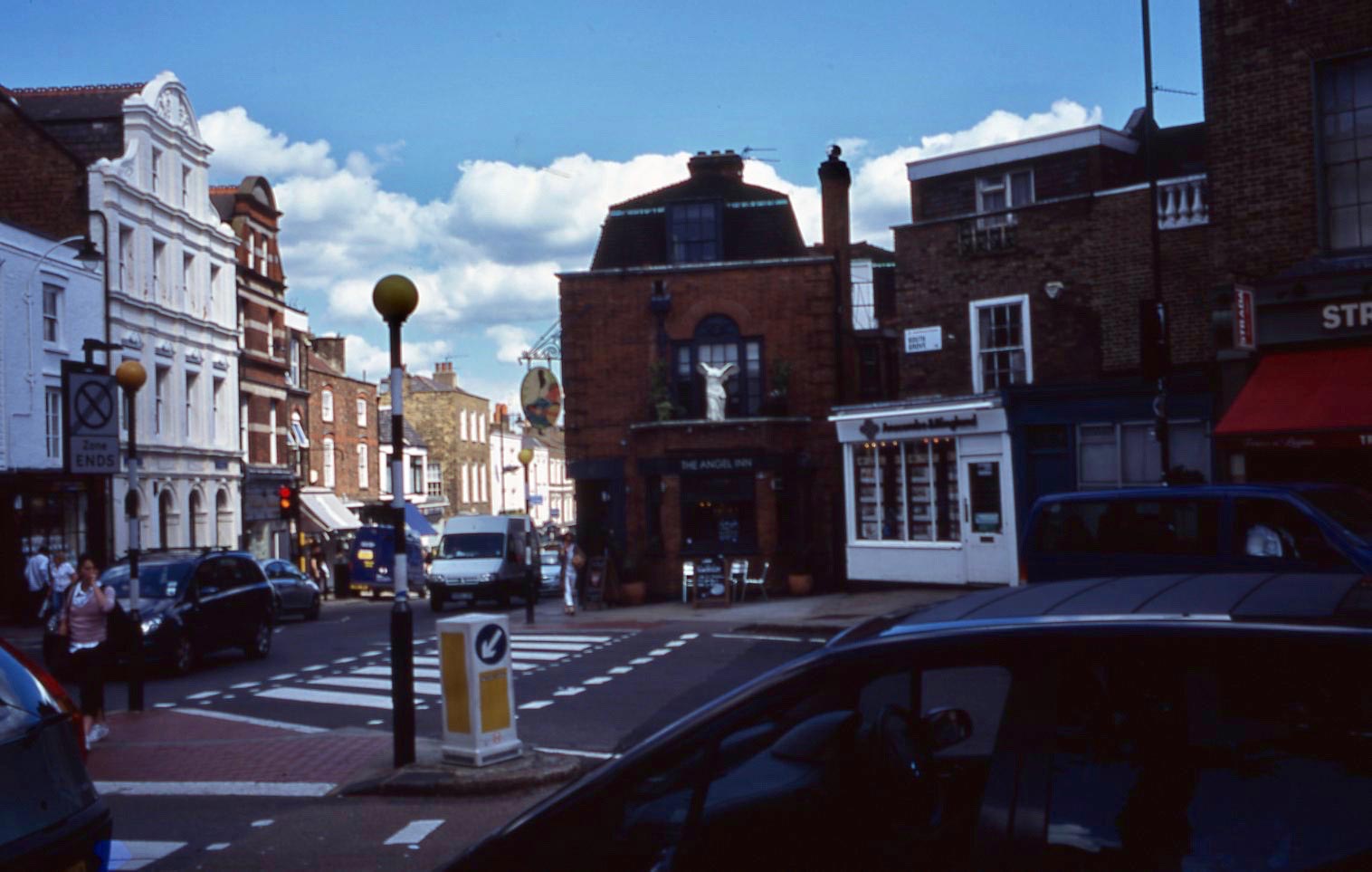
The Angel Inn stands on the corner of that High Street and a square I cannot identify. Clearly the owners are somewhat biased, but their website boasts:
‘Discreetly stylish, authentically British – comfort and elegance combined
Perched above Highgate Village, one of London’s most distinguished suburbs, and just a stone’s throw from Hampstead Heath, The Angel Inn is an iconic London pub, ahead of the game in providing the perfect setting for a truly memorable drinking and dining experience.
Whether it’s a relaxed lunch, sumptuous Sunday roast, indulgent dinner or lazy brunch you’re looking for, we offer an enticing range of flavoursome dishes incorporating classic British ingredients with a creative twist, all accompanied by our exceptional range of cask ales, craft beers, fine wines and artisan spirits.
Classic with a bohemian edge, The Angel Inn combines traditional wood-panelling, period features and contemporary touches, boasting an open fire for those chillier months. Fostering a relaxed yet refined atmosphere, this convivial pub has the spirit of the great British local at heart; our dedicated team are committed to first class service and look forward to welcoming you and helping you unwind…’
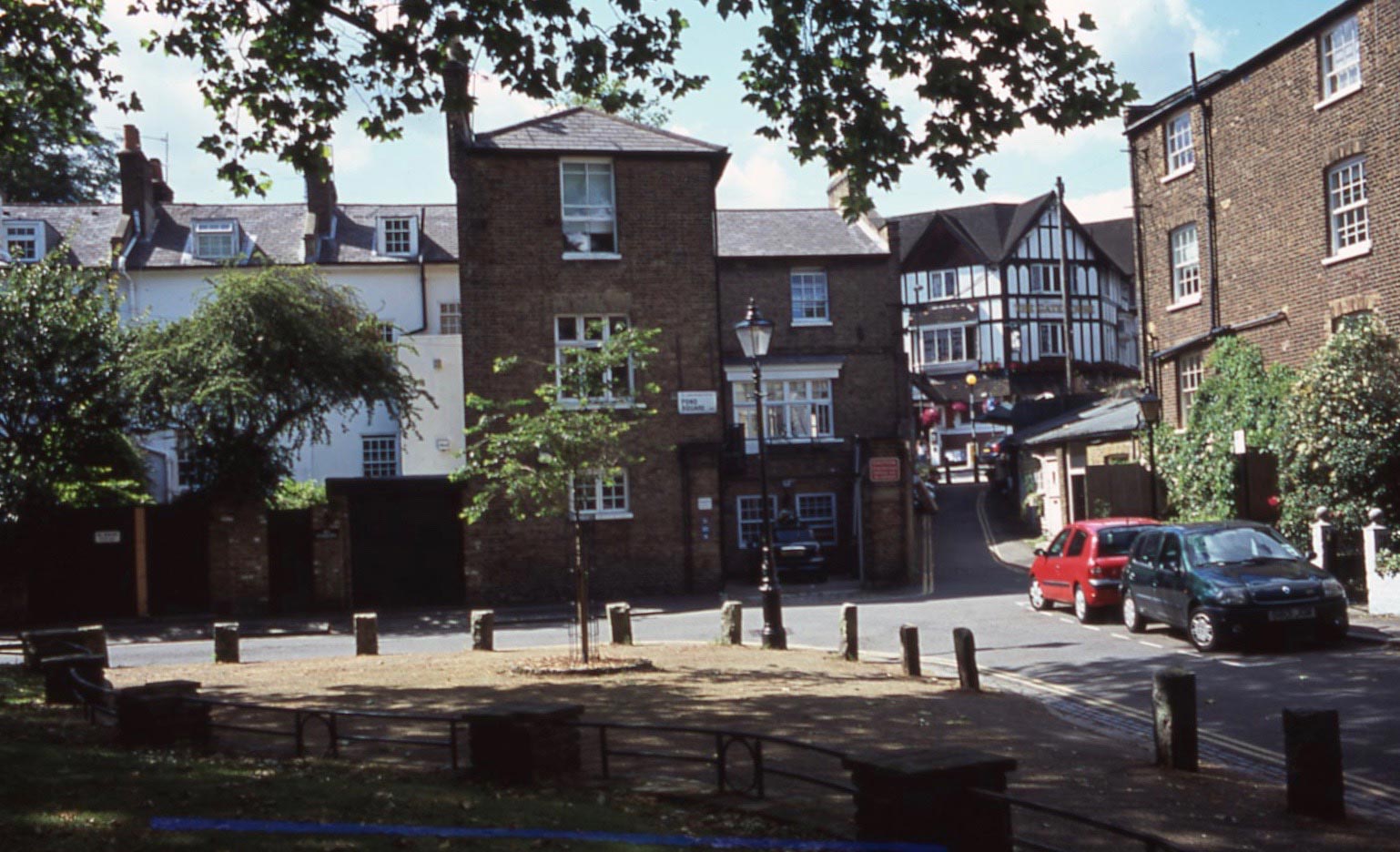
This elegant little square is around there somewhere.
Also close to Highgate High Street, Castle Yard N6, with its intriguing little terrace, links North Road with Southwood Lane.
I can neither pinpoint this section of Marylebone’s York St W1, nor identify the church tower in the background. Perhaps a reader will be able to.
Baker Street and Gloucester Place (shown on this corner) are linked by Bickenhall Street W1.
Bartholomew Malthus, a character in Robert Louis Stevenson’s story ‘The Suicide Club’ resided at 16 Chepstow Place, W2.
This evening we dined on Jackie’s splendid savoury egg fried rice; spare ribs in barbecue sauce; mini spring rolls and prawn toasts with which I drank more of the Madiran.
P.S. Please refer to Lwbut’s comments below, for the answers to all my questions



